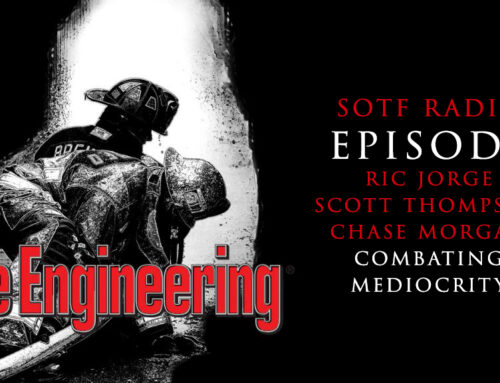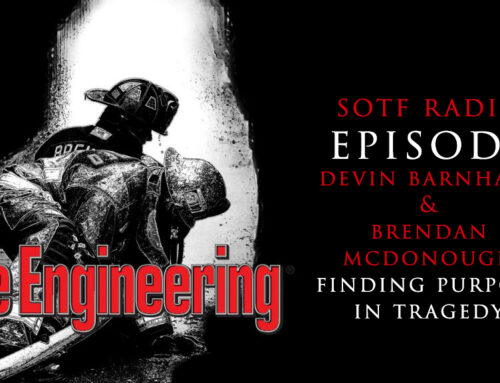Burn scar contracture (BSC) is a common pathological outcome following burn injuries, leading to limitations in range of motion (ROM) of affected joints and impairment in function. Despite a paucity of research addressing its efficacy, static splinting of affected joints is a common preventative practice. A survey of therapists performed 25 years ago showed a widely divergent practice of splinting during the acute burn injury. We undertook this study to determine the current practice of splinting during the index admission for burn injuries.
This is a review of a subset of patients enrolled in the Burn Patient Acuity Demographics, Scar Contractures and Rehabilitation Treatment Related to Patient Outcome Study (ACT) database. ACT was an observational multicenter study conducted from 2010-2013. The most commonly splinted joints (elbow, wrist, knee and ankle) and their 7 motions were included. Variables included patients’ demographics, burn variables, rehabilitation treatment and hospital course details. Univariate and multivariate analysis of factors related to splinting was performed. P< 0.05 was significant.
Thirty percent of the study population (75 patients) underwent splinting during their hospitalization. Splinting was associated with larger burns and increased injury severity on the patient level and increased involvement with burns requiring grafting in the associated cutaneous functional unit (CFU) on the joint level. The requirement for skin grafting in both analyses remained independently related to splinting, with requirement for grafting in the associated CFU increasing the odds of splinting 6 times (OR =6.0, 95% CI=3.8-9.3, p<0.001). On average splinting was initiated about a third into the hospital length of stay (LOS, 35 ± 21% of LOS) and splints were worn for 50% (50 ± 26%) of the LOS. Joints were splinted for an average 15.1 ± 4.8 hours a day. The wrist was most frequently splinted joint being splinted with one third of wrists splinted ( 30.7%) while the knee was the least frequently splinted joint with 8.2% splinted. However, when splinted, the knee was splinted the most hours per day (17.6 ± 4.8 hours) and the ankle the least (14.4 ± 4.6 hours). Almost one third had splinting continued to discharge (20, 27%).
The current practice of splinting, especially the initiation, hours of wear and duration of splinting following acute burn injury remains variable. Splinting is independently related to grafting, grafting in the joint CFU, larger CFU involvement and is more likely to occur around the time of surgery. A future study looking at splinting application and its outcomes is warranted.




